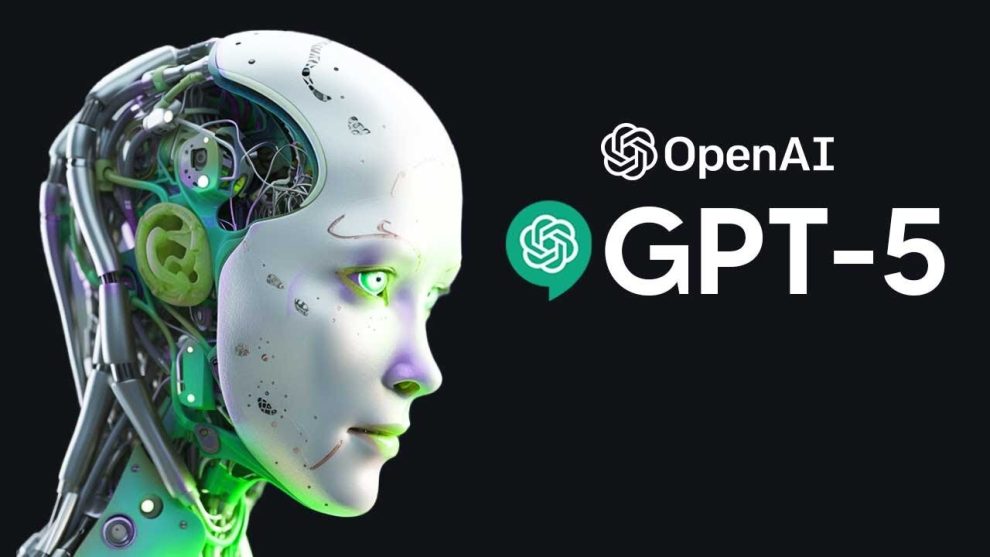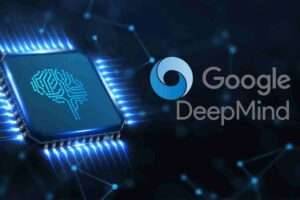The Evolution of Conversational AI: A Leap Forward
The world of Artificial Intelligence (AI) stands on the precipice of a transformative breakthrough with the highly anticipated arrival of GPT-5, the next generation of OpenAI’s groundbreaking Generative Pre-trained Transformer model. This cutting-edge AI system promises to revolutionize human-machine interaction by introducing two crucial advancements: durable memory and robust reasoning.
Durable Memory: Fostering Coherent Conversations
Current AI systems, including the powerful GPT-4, often struggle to retain information across conversations, leading to disjointed and context-lacking interactions. GPT-5 aims to address this limitation by introducing a significant upgrade in memory capabilities, allowing it to remember past interactions, references, and context seamlessly.
Imagine a virtual assistant that can recall your preferences, follow the flow of a discussion, and tailor its responses based on previous conversations. This level of contextual awareness and continuity has the potential to transform AI assistants from simple task executors into collaborative, personalized companions.

Robust Reasoning: Unlocking New Frontiers
While current AI models excel at pattern recognition and text generation, they often falter in complex reasoning tasks that require logical analysis, problem-solving, and drawing informed conclusions. GPT-5 aims to address this limitation by refining its ability to process information, apply logical reasoning, and solve problems with greater sophistication.
This advancement in reasoning capabilities could unlock a new era of AI applications across various sectors, from education and customer service to scientific research. Imagine an AI tutor that understands a student’s thought process and adapts its teaching style accordingly, or an AI chatbot that can handle complex customer inquiries with accuracy and efficiency by understanding the context and drawing logical conclusions.
Addressing Potential Concerns: Bias, Misinformation, and Job Displacement
While the advancements in GPT-5 are undoubtedly exciting, they also raise valid concerns that must be addressed. One of the primary challenges is the potential for bias and misinformation, as AI models learn from the data they are trained on. Developers must ensure that GPT-5 is trained on high-quality, diverse datasets to minimize the risk of biased or misleading outputs.
Additionally, as AI systems become more sophisticated, concerns regarding job displacement arise. However, it is important to recognize that GPT-5 is unlikely to replace human jobs entirely. Instead, it has the potential to augment human capabilities, freeing us to focus on more creative and strategic tasks while AI handles repetitive or data-intensive processes.
The GPT-5 Ecosystem: Fostering Collaboration and Open-Source Development
To unlock the full potential of GPT-5, a robust ecosystem built on collaboration and open-source initiatives is crucial. This includes creating shared repositories of high-quality datasets, open-sourcing aspects of the GPT-5 architecture for refinement and specialization, and developing tools and frameworks specifically designed for GPT-5 application development.
By fostering an open-source approach, researchers and developers can contribute to and build upon GPT-5’s foundation, accelerating innovation and leading to the development of even more advanced AI models with specialized capabilities tailored to various industries and needs.

The Future of Large Language Models: Specialization, Explainability, and Human-AI Partnerships
As GPT-5 paves the way, the future of large language models (LLMs) appears bright, with potential trajectories towards specialization in specific domains, advancements in explainable AI (XAI) for transparency and trust-building, and a shift towards human-AI partnerships where AI augments human capabilities rather than replacing them.
It is crucial, however, to prioritize ethical considerations throughout the development and deployment of GPT-5 and other advanced LLMs. This includes addressing algorithmic bias, ensuring transparency and explainability, and maintaining human oversight and control to mitigate potential risks and ensure responsible integration into society.
Conclusion: A New Era of Human-Machine Collaboration
The arrival of GPT-5 signifies a significant milestone in the evolution of AI, ushering in a new era of enhanced human-machine interaction. Its durable memory and robust reasoning capabilities promise a future where AI assistants can engage in coherent, contextual conversations, and unlock innovative applications across various sectors.
However, maximizing GPT-5’s impact requires fostering a robust ecosystem built on open-source collaboration, prioritizing ethical considerations, and embracing the principles of transparency, explainability, and human oversight. By embracing these principles, we can ensure that GPT-5 and other advanced LLMs become powerful tools for progress, enriching our lives and propelling humanity towards a brighter, more collaborative future.
















Add Comment